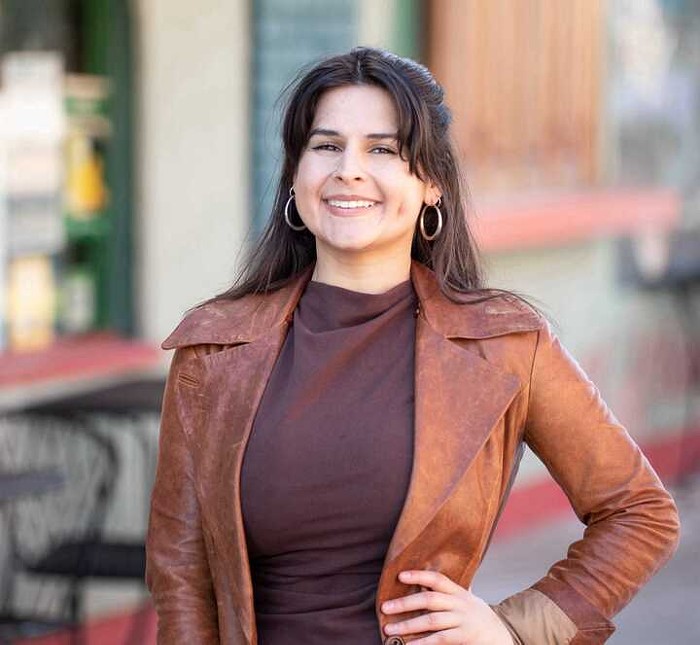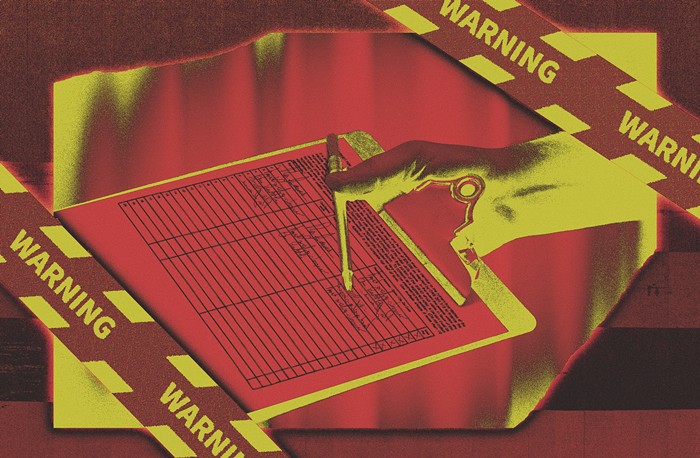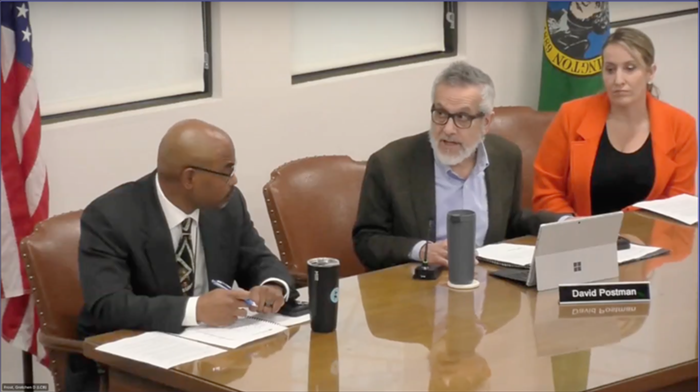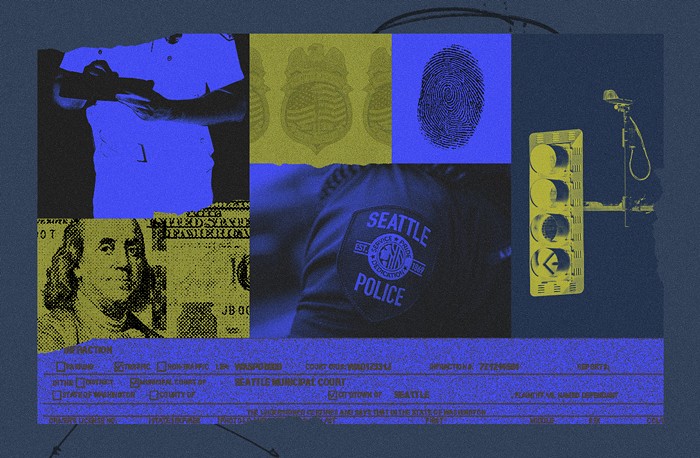Glass, along with a list of popular radio heads like NPR's Terry Gross and Robert Siegel, will roll into town this week for the annual public radio conference inside downtown's Washington State Convention & Trade Center. This year's conference, sponsored and put on by NPR, is called "Expanding Our Reach" and focuses on the effect technology is having on public radio--the wrong issue according to Glass. Unfortunately, he imagines that this week's Seattle event will be like all other public radio conventions, featuring the latest Internet audience data and kiosks and vendors crammed with Car Talk tote bags and coffee mugs. Public radio is in trouble, says Glass, and while talking about new technology is good, he worries that public radio hasn't had many fresh ideas since the Carter administration.
"Forget about the number of people who listen on the Internet, which is minuscule," says an animated Glass. "Let's talk about those millions and millions of people who are listening every day on the radio. How can we serve them better?" he says. Peter Sagal, host of Wait, Wait, Don't Tell Me, agrees. "A lot of the people at the conventions don't produce shows; they raise money and get equipment, which is essential. But it's frustrating to hear people always talking about the Internet and satellite distribution instead of content and making better shows," he says.
Both Glass and Sagal are in a comfortable position to criticize. This American Life and Wait, Wait, Don't Tell Me have become two of the most popular segments on public radio. According to Glass and others, public radio, especially NPR, has grown extremely successful, and needs to take advantage of the moment. "We have taken the hill and put our flag in it. We now have troops around the edges wearing UN helmets and holding Fresh Air mugs, but we need to do more," Glass says from WBEZ in Chicago, where This American Life is produced. For Glass, "more" means creating new shows.
"Public radio does not produce new, hip shows," he says. "Almost every show which is popular now began during the '70s. It's like if CBS ran M*A*S*H for 30 years. There is nothing wrong with those shows, but it's time to stake out new territory." For example, check out NPR's roster: All Things Considered is 30 years old; Fresh Air is 25; Talk of the Nation is 10. Even This American Life is almost six years old. Where's the new talent to make the new shows?
"One of the problems is that public radio is thought of by kids as something their parents listen to," says Fresh Air's Terry Gross. To combat the perception, Gross says she makes an effort to hire people in their 20s and 30s to work on her show. But Glass worries that public radio isn't "investing and training people and getting them to that next level," and may overlook the next Ira Glass or Terry Gross.
According to NPR spokesperson Laura Gross (no relation), less than one percent of NPR's $9.3 million annual budget was spent developing new shows and talent. (PRI, the public radio company that distributes This American Life, did not provide budget info.) "The talent problem in public radio now is a real issue," says Glass. Seattle's KUOW program director Jeff Hansen agrees, and he's done something about it. In the last year, KUOW has developed two new shows, The Conversation and The Beat. But Hansen is still frustrated. "There needs to be a way to institutionalize an effort, especially nationally, to develop new programming and have the budget to take chances," he says. Ross Reynolds, former KUOW producer and now host of KUOW's afternoon show The Conversation, says, "It's easy for local stations to just turn on the satellite and run Prairie Home Companion and All Things Considered all day long. Sometimes stations just play it too safe and don't take enough chances."
But like commercial radio and TV, public radio stations are a business. If a program works, it's hard to make room in the schedule for chance. "It's difficult for station producers to argue with successful shows," says Reynolds. Celeste James, NPR's vice president of communications, claims that high-paying jobs in commercial radio and the dot-com boom drew many away from public radio. But James admits that public radio isn't doing enough. "There's truth in what Ira is saying. We can do more," she says. According to Juan Williams, host of Talk of the Nation, NPR is trying. Williams says NPR recently sent out a memo pleading for new ideas for shows and affirming that there was a budget to back them up. "They realize there's a void," says Williams.
Looking over the conference schedule, with workshops like "The Public Radio Pipeline: Implications of Broadband, Wireless, and Digital Audio Broadcasting," it seems that Glass' concerns of an out-of-whack emphasis on competing technologies could gobble up public radio's agenda. Ironically, rather than improving show selections--the best way to keep pace with the alternatives--public radio seems more interested in short-sighted solutions like crushing the competition. (Remember, it was NPR who helped crush low-power radio initiatives in Congress last year.) There is a history for this. "There's a specter that haunts public radio, and that is what happened to public television when cable came in," says Glass. "A lot of the mission of public TV has been preempted by the Learning Channel and the Discovery Channel. Public radio doesn't want to make the same mistakes, where suddenly there's a new distribution mechanism, and no one knows what to do. I understand it, but this is the time to address deeper and more systematic problems."


















